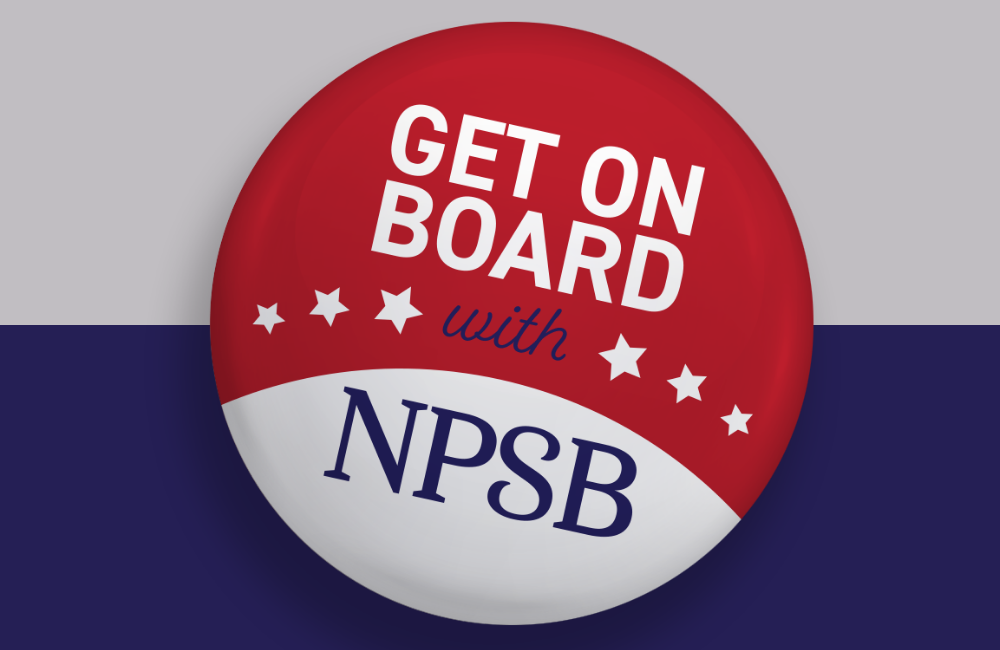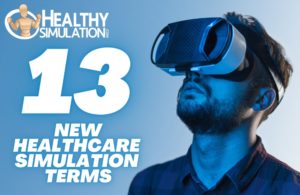National Patient Safety Board
The time for a world where medical providers are better supported to eliminate errors and where patients can trust that the healthcare system will do all it can to keep them safe is now. To achieve this, The NPSB Policy & Advocacy Coalition was established in February 2021. Proposed as an independent federal agency to conduct centralized studies into medical mishaps and systemic breakdowns to prevent future catastrophes, the NPSB Policy, and Advocacy Coalition represents providers, consumers, health plans, patient safety groups, employers, and other purchasers of healthcare, technology companies, foundations, and universities.
Using de-identified data from electronic health records, artificial intelligence, healthcare simulation, and reporting from other agencies, the NPSB is to identify cause-and-effect relationships and issue timely recommendations to improve patient safety. The agency is modeled, in part, after the National Transportation Safety Board (NTSB), as the NPSB’s recommendations are bipartisan and nonpunitive…with the ultimate goal being to save lives.
According to the Coalition, the need for an NPSB has surfaced over the last decade, but the pandemic underlined the immediate essentiality of such a body. Other national groups, including the National Academy of Sciences, have called for an independent federal entity with the ability to study adverse events and make recommendations in a transparent, non-punitive manner similar to the NTSB.
Sponsored Content:
Ultimately, the NPSB, like the NTSB, would guarantee a data-driven, non-punitive, collaborative approach to reducing adverse events. The NPSB would exist as an independent agency created by Congress at the federal level and would interface with HHS agencies and offices (e.g. CMS, ONC, AHRQ, CDC, HRSA, SAMHSA, FDA, and NIH) and the VA, similar to how the NTSB interfaces with the Department of Transportation (DOT) and it’s Federal Aviation Administration (FAA). At its core, the NPSB would:
- Support agencies in monitoring and anticipating adverse events with AI and machine learning technology
- Identify significant harm and then conduct studies of the adverse events
- Create recommendations, including autonomous solutions, to prevent medical errors
The NPSB would send their recommendations and solutions to agencies and the industry based on the root causes of the adverse events that the NPSB studies. HHS would use its complementary functions (examples listed below) to act on the recommendations, sending a response to the NPSB within 90 days, similar to how the NPSB interfaces with the DOT.
AHRQ’s complementary functions: Fund patient safety research, review the evidence of patient safety practices, certify the Patient Safety Organizations, implement the NPSD, and disseminate information and tools to translate the practices into action, among other roles.
CMS’ complementary functions: Publicly report patient safety indicators on Hospital Compare, use value-based payment programs (e.g., the Hospital-Acquired Condition Reduction Program and the FY 2023 Hospital Value-Based Purchasing Program), survey, provide technical assistance to providers through programs like the Quality Improvement Organizations, and create other rules and regulations.
Sponsored Content:
The NPSB’s function to partner with HHS agencies to autonomously collect and mine adverse events is designed to support the existing data collection work across AHRQ, CMS, and CDC in response to the current data collection challenges cited by the US Government Accountability Office (GAO)[20] and the Office of the Inspector General (OIG). The AHRQ draft report notes the future potential of ML technology and distributed data sets.
To help alleviate these challenges and build on developments, such as the AHRQ Quality and Safety Review System (QSRS), the NPSB would help agencies select autonomous data collection systems to reduce duplication and inconsistencies, provide clinicians with a seamless flow of reliable information, and display real-time information via visual dashboards or Command and Control Centers.
According to the NPSB’s “A New Solution to Address the Problem of Medical Errors” document, a defined, three-year period of developing and pilot testing the implementation and evaluation processes of the NPSB would occur before going live. During this period, the NPSB would inventory and select the adverse event indicators and the technologies to identify and anticipate the adverse events.
Today, the campaign to establish a National Patient Safety Board is managed by a growing coalition of healthcare organizations, provider associations, businesses, nonprofit organizations, and consumer advocacy groups. The coalition meets virtually regularly to discuss legislative strategy, key messages, and progress on establishing an NPSB. Individuals representing the following organizations have joined the Coalition:
- AARP Public Policy Institute
- ABIM Foundation
- Ariadne Labs
- BETA Healthcare Group
- Business Group on Health
- Carilion Clinic
- Carrum Health
- Children’s Hospitals’ Solutions for Patient Safety (SPS)
- Cincinnati Children’s Hospital Medical Center
- Civitas Networks for Health
- Comagine Health
- Consumer Health Ratings
- Dartmouth-Hitchcock
- ECRI
- Families USA
- Healthcare Council of Western PA
- HealthySimulation.com
- HR Policy Association
- IHI Lucian Leape Institute
- Institute for Healthcare Improvement
- Jensen Hughes
- Jewish Healthcare Foundation
- John D. Stoeckle Center for Primary Care Innovation, Division of General Internal Medicine, Massachusetts General Hospital
- Johns Hopkins Armstrong Institute for Patient Safety and Quality
- Life Laboratory
- Louisiana Health Care Quality Forum
- Marshfield Clinic Health System
- MD Anderson Cancer Center
- MedStar Health
- Meridian Healthcare Consulting
- Mothers Against Medical Error
- National Alliance of Healthcare Purchaser Coalitions
- National Association for Healthcare Quality (NAHQ)
- National Perinatal Information Center (NPIC)
- National Quality Forum
- National Retail Federation
- Network for Excellence in Health Innovation (NEHI)
- Nile’s Project
- Patient Safety Action Network
- Patient Safety Movement Foundation
- Patients for Patient Safety US
- Pegwin
- Penobscot Community Health Care (PCHC)
- Pittsburgh Regional Health Initiative
- Project Patient Care
- Project Process
- Purchaser Business Group on Health
- Quality and Safety First
- Resilient Cognitive Solutions (RCS)
- Safe Care Campaign
- SEIU Healthcare Pennsylvania
- Sepsis Alliance
- St. Clair Health
- Stratis Health
- Synensys
- The John A. Hartford Foundation
- The ERISA Industry Committee (ERIC)
- The Leapfrog Group
- The University of Vermont Health Network
- University of Chicago Pritzker School of Medicine
- Value Capture, LLC
- Verily Life Sciences
- Virginia Mason Franciscan Health
- Washington Advocates for Patient Safety
- Washington Patient Safety Coalition
Up Next for Patient Safety By National Patient Safety Board Coalition: This podcast untangles the components of safer healthcare. Hosts engage in conversations with experts in healthcare and technology to examine the best paths to guarantee patient safety. Hear about different solutions to existing problems that are possible right now. The goal is to address those current and ongoing errors and adverse events that cause unnecessary illness, death, and long-term disability.
Have a personal story about an experience with a medical error or patient safety concerns? The Coalition invites others to share their stories to help advocate for an independent, non-punitive National Patient Safety Board to study medical mishaps and recommend solutions to prevent harm from happening again. Each story can help the Coalition to advocate for change that can save lives. Learn more on the NPSB website or read these articles below.

Support U.S. House Bill HR 7591 to Establish A National Patient Safety Board
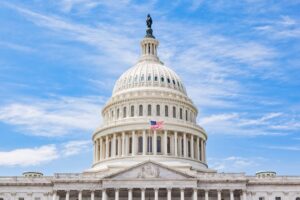
Updates on New Bill to Establish National Patient Safety Board
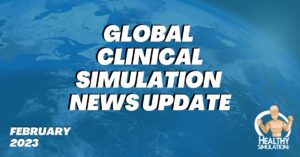
Latest Clinical Simulation News From Around the World | February 2023
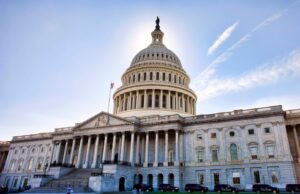
MUST DO: Contact Your U.S. House Rep to Support New Bill to Establish National Patient Safety Board
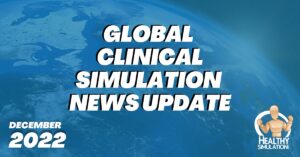
Latest Clinical Simulation News From Around the World | December 2022
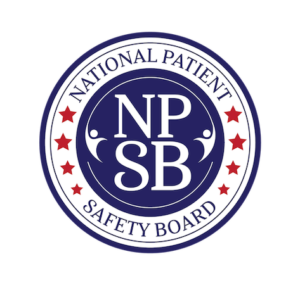
Should the Healthcare Simulation Industry Join Calls for a National Patient Safety Board?
Sponsored Content:



